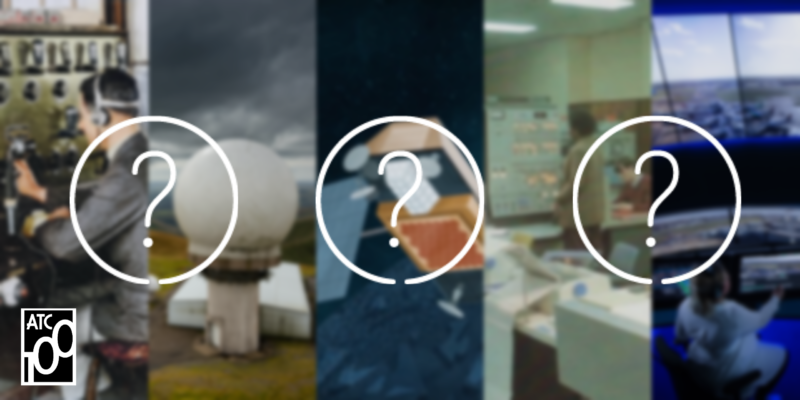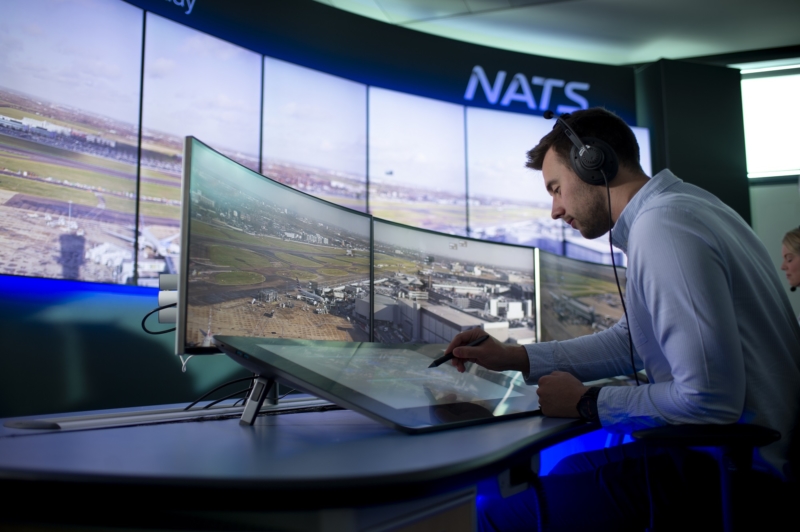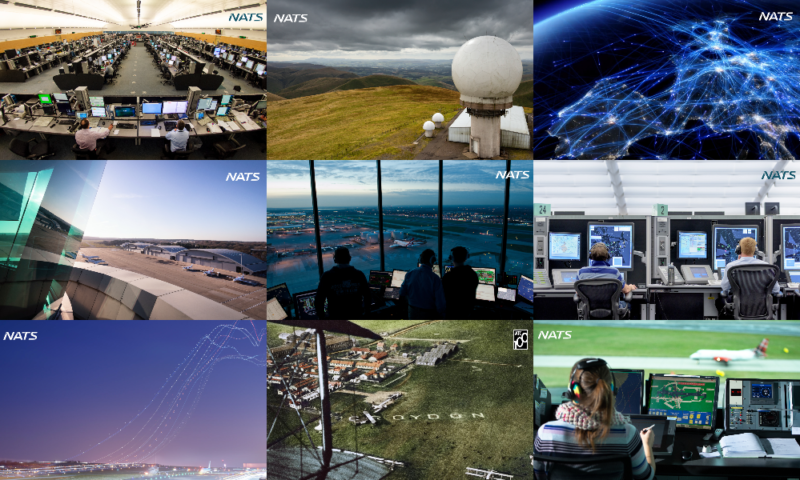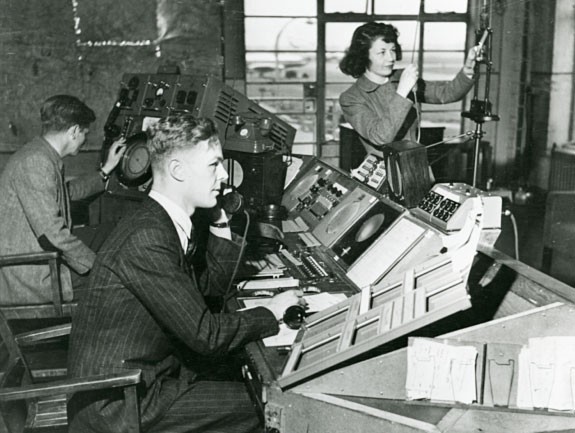Your greatest Air Traffic Control innovation revealed
19 August 2020The voting is over. The poll is closed. The hustings are at an end. After weeks of searching for the definitive answer to what is the greatest single technological innovation in the history or air traffic control, we have an answer.
With a hugely impressive 48% of the votes, radar is the overwhelming winner.
Radar was first devised in the 1930s, and while it has become hugely more powerful and sophisticated in the intervening 80 years, the fundamentals devised by Robert Watson-Watt and his team remain the same today. Millions of flights a year are safely guided and managed by controllers all around the world using radar, and while things like satellite surveillance now offer a 21st century alternative, it seems radar will be with us all for a while yet.
You can read all about why radar is a deserving winner in Phil Burton’s post.
Elsewhere, radio attracted just over a quarter of votes, followed by real-time satellite surveillance, Flight Data Processing and then Digital Towers. Another 5% of voters thought it was something else entirely, including Flight Progress Strips or trajectory management tools, like iFACTS.
We also had some very thoughtful reader comments. I particularly liked this one from Carol-Anne Garven:
I think probably Radar. But as an LAPL (Light Aircraft Pilot Licence) holder, one of the most comforting things when you’re flying in unknown territory, is being able to talk to someone. Who knows where you are…well, because of Radar. Hats off to the Air Traffic Controllers!
I hope you’ve enjoyed our series looking at some of the technology that sits behind air traffic control at a time where there isn’t much to smile about in our industry. Of course in reality all these technologies – plus many more – are all integral to advancing aviation and keeping the skies safe every day.
This comment from Laura Mato says it all:
Really It is very difficult to choose one of the options, because all of them contributes to have an innovative Air traffic management system
Find out more about the origins of air traffic control at nats.aero/atc100
Comments
Please respect our commenting policy and guidelines when posting on this website.





20.08.2020
10:52
Ian Gelder
Radio came 2nd in your voting but in your article you gave links on the other results to other articles but not for radio. It was really there at near the start of ATC, covers many areas and is not as simple as many people think. One controller thought it should be possible to hear the Tower VHF comms of a remote airport from an aerial on the roof of the Control Centre. Slight problem is the curve of the earth. Any articles you can point others to?
21.08.2020
09:45
Paul Beauchamp
Senior Communications Manager, Brand PR & Marketing CommunicationsAh – my mistake, Ian. I will add a link to the article on radio now, expertly written by Ian Walker from Historic Croydon Airport.
09:45
Paul Beauchamp
Senior Communications Manager, Brand PR & Marketing Communications21.08.2020
16:50
David Pearson
The winning innovation was accompanied by an interesting and informative description. However the question was related to air traffic control and I cant get away from the fact that whilst Radar facilitates an essential aspect of information to controllers, its not in itself affording any actual control. I maintain that the flight strip and board that allows the controller to visualise information add issued instructions and essential changing information, move strips around to represent sequences of a/c , cock strip holders out of the board, use different colour strip holders and fling strips down the sector workstation to a colleague, was an essential , simple and versatile tool that actually afforded control of the airspace and most importantly was all that was left for control when the radar failed. So its not radar because that’s just giving the situation picture and that’s not a direct control function and its not voice comms because that’s just the method of communicating the control to the pilot and other controllers. So if we to answer the question posed it has to be something that actually relates to the control function. Given that description maybe IFACTS or electronic flight strips is a worthy contender.
22.03.2021
20:57
Bill Pye
I believe a close 2nd to radar as the ATC innovations are labels on the radar displays. in the early days blips required a lot of skill to remember who was who. With labels this became more safe and able to have an instant read out for each aircraft. I also think in UK and London specifically, the extensive use of SIDS and STARS , with standard departure and arrival altitudes were much safer. The system became more predictable and smoother for both controllers and pilots